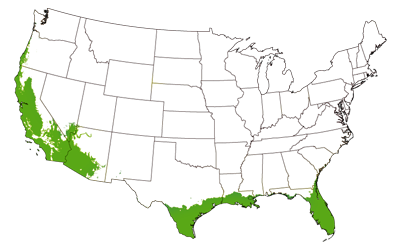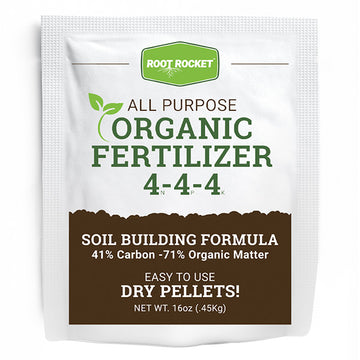Boston Fern
Boston Fern
A lush, non-toxic, decorative evergreen that makes the perfect houseplant
- The Boston Fern is a top-rated plant for removing air pollutants
- The emerald green fronds make an excellent partner for red begonias, coleus, hosta, dicentras, and the heart-leaf burner
- Most commonly recognized as a houseplant, these warm weather lovers also make beautiful additions to gardens and outdoor patios
- A hardy herbaceous perennial that is easily propagated through division


Product Details
 Growing Zones 9-11
Growing Zones 9-11
| Soil Type | Acidic, Well Drained |
| Sunlight | Partial |
| Drought Tolerance | |
| Mature Height | 2-3 Feet |
| Mature Width | 2-3 Feet |
| Growth Rate | Fast |
| Shipping Restriction | AZ |
The graceful emerald green drooping fronds add a touch of elegance to any home, garden or patio. Typically recognized as a hanging potted plant, the Boston fern pairs beautifully in a landscape with hostas and red begonias. At maturity this non-flowering fern will maintain a height and width of only 2 to 3 feet.The ideal growing zones for this humidity loving plant include zones 10,11, and 12.
What is the best lighting for a Boston Fern?
Ferns need bright filtered sunlight. Direct sunlight will cause the delicate leaves to burn.
Is there a specific amount of water that a Boston Fern should receive?
The soil should be moist but not soaking wet. It is recommended that you use bottled water especially if your tap water comes from a treatment facility where the chemicals that are used to purify the water will be harmful to this magnificent plant.
Are fertilizers or plant food okay to use on a Boston Fern?
Fern specific foods should be used per the package directions. A water soluble plant food should always be used. To help maintain a rich soil a solution of 2 tablespoons of epsom salt per 1 gallon of water can be applied twice a year.
These draping beauties are native to tropical areas, so they are accustomed to warm climates and high humidity. Boston Ferns are picky about their climate. They prefer temperatures ranging between 65 and 75 degrees. Ideal humidity levels are 80% and higher. If you live in an area that has a less than desirable level of humidity you can mist the leaves daily to create a suitable environment.
Planting
When used as ground cover, these elegant old-fashion-styled ferns should be planted 2 to 3 feet apart and only deep enough to enclose the root system. This vibrant evergreen is best suited for the southern regions of Florida, Texas, Louisiana and the majority of California.
As a houseplant, these vibrant ferns should be kept in a container with ample drainage holes. Once the roots peek out of the soil or if the fern’s growth pattern begins to slow down then it is time to repot. Repot using fresh potting mix and a container that is one size bigger than the previous container. Soil should be loose and non-compacted around the roots to encourage growth.
Watering
Use tepid bottled water to keep the soil moist, and never let it dry out completely. Tepid water is recommended because using cold water will shock the root system. Due to the amount and type of chemicals used to treat town or city water, it is recommended that bottled is used in order to keep your fern alive and healthy.
Fertilizing
A water soluble fertilizer should be diluted prior to any plant application. Fertilizers should be applied sparingly throughout the spring and summer months. You can also apply a slow-release fertilizer in the spring and again six to eight weeks later as an alternative to applying it throughout the spring and summer months.
Maintenance
The magnificence of the sword-like fronds are easily maintained. The side fronds can be trimmed at the base using a pair of sharp scissors or pruning shears. The top fronds of the fern should never be pruned. Discolored fronds should be removed as close to the soil as possible to allow new growth to develop.








